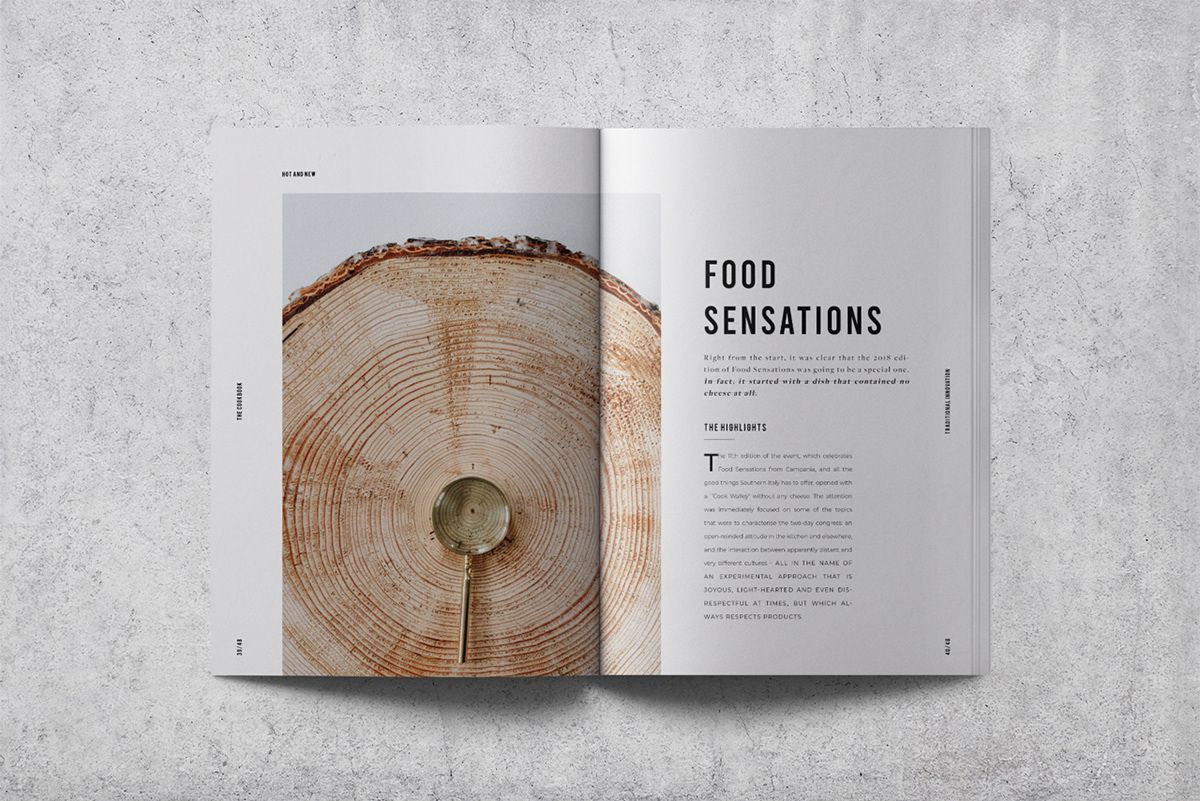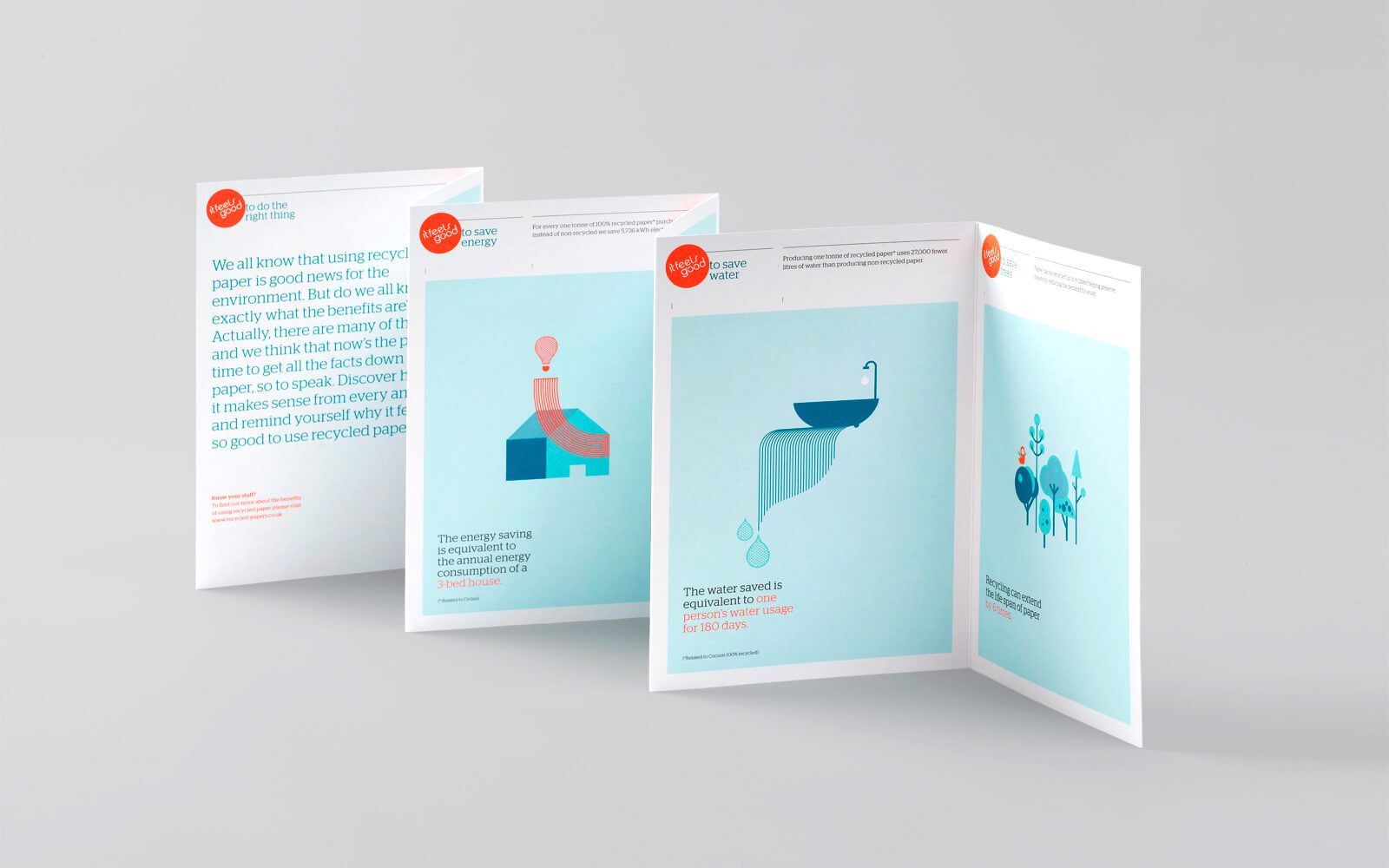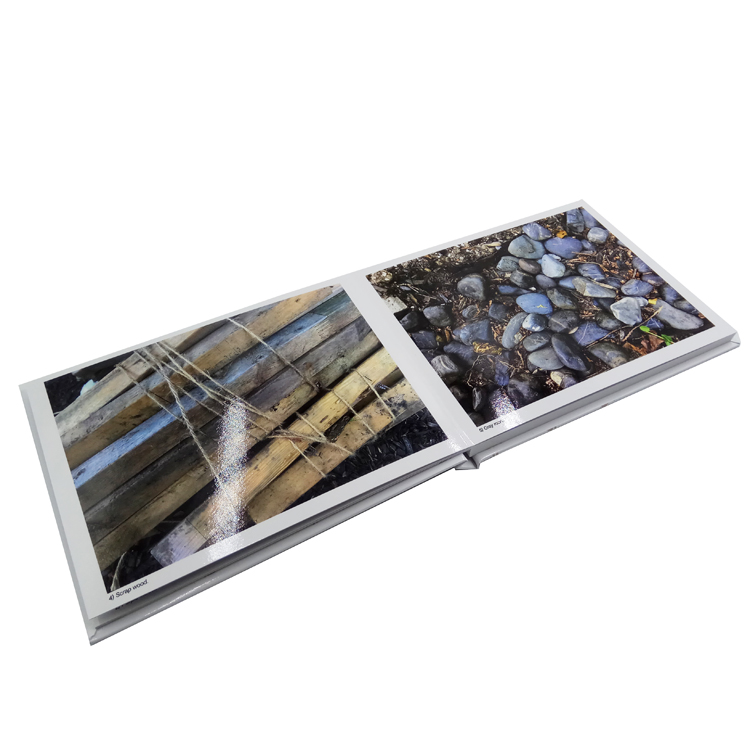Hvorfor er noen innbundne utgaver mye billigere enn Paperback-utgavene
Prissetting av bøker har alltid vært et komplekst og noen ganger forvirrende tema for leserne. Mens innbundne bøker tradisjonelt betraktes som dyrere på grunn av deres solide materialer og høyere produksjonskostnader, er det tilfeller der innbundne utgaver er priset mye lavere enn sine pocketbøker. Denne prisanomalien kan forvirre leserne, spesielt når det virker motintuitivt at et innbundet omslag – vanligvis en premium-utgave – kan koste mindre enn en pocketbok. Så hvorfor skjer dette?
I denne artikkelen vil vi undersøke de ulike årsakene bak dette fenomenet, inkludert markedsføringsstrategier, produksjonskostnader, etterspørselssvingninger og taktikk for prissetting. Ved å forstå disse faktorene kan vi få dypere innsikt i hvordan utgivere, forhandlere og produsenter bestemmer prisen på innbundne og pocketutgaver, og hvorfor forholdet mellom de to ikke alltid er som forventet.
Innholdsfortegnelse
Introduksjon: The Puzzle of Book Pricing
For ivrige lesere og tilfeldige bokkjøpere er prisforskjellen mellom innbundne og pocketutgaver ofte et forvirringspunkt. Generelt er innbundne utgaver produsert med materialer av høyere kvalitet – tykkere omslag, bedre innbinding og ofte blanke sider. Disse elementene bidrar til en dyrere produksjonsprosess. På den annen side er paperback-utgaver laget med billigere materialer, og de blir generelt sett på som et rimeligere alternativ til sine innbundne kolleger.
Men i noen tilfeller skjer det motsatte: innbundne utgaver ender opp med å bli priset billigere enn deres pocketutgaver. Selv om dette kan virke motintuitivt, er det faktisk et resultat av flere faktorer knyttet til markedsstrategi, produksjonsøkonomi og de spesifikke kravene til bokbransjen.
I denne artikkelen vil vi bryte ned nøkkelfaktorene som påvirker bokpriser og forklare hvorfor noen innbundne utgaver er rimeligere enn pocketbøker.
Markedsstrategi: Hvorfor utgivere bruker innbundet prissetting til sin fordel
En av hovedårsakene til at innbundne utgaver kan prises lavere enn pocketutgaver er på grunn av forlagenes markedsføringsstrategi. Utgivere bruker ofte innbundet prissetting som en måte å tiltrekke seg lesere, rydde opp i beholdningen eller generere buzz rundt nye bøker.
Klareringsstrategi:
Noen ganger vil utgivere prissette innbundne utgaver lavere for raskt å flytte beholdning. Dette kan skje når en bok har vært på markedet en stund og de ønsker å gjøre plass til nyere titler. Hvis en innbundet utgave ikke lenger er etterspurt, kan det å tilby den til en lavere pris lokke leserne til å kjøpe, selv om boken ikke er like populær som da den ble utgitt første gang.
Oppmuntrende nye titler:
I andre tilfeller kan utgivere prissette innbundne bøker lavere for å tiltrekke oppmerksomhet til nye forfattere eller titler. En lavere pris kan gjøre det mer attraktivt for kjøpere å ta sjansen på en ny utgivelse. Ved å prise innbundet utgave rimelig, kan utgivere lokke lesere som ellers kan vike unna et fullpriset innbundet omslag.
Produksjonskostnader: Hvordan store opplag påvirker bokprisene
En av de viktigste faktorene som påvirker prisen på en bok er produksjonskostnadene. Mens innbundne utgaver generelt er dyrere å produsere på grunn av høyere materialkostnader, kan større opplag redusere kostnadene per enhet betydelig, noe som gjør dem billigere enn begrensede opplag av pocketutgaver.
Stordriftsfordeler:
Når et forlag bestiller en stor mengde innbundne bøker, synker kostnaden per enhet ettersom faste kostnader (som oppsett, trykking og innbinding) er spredt over et større antall bøker. Hvis en bok produseres i bulk, har forlagene råd til å selge den til en lavere pris, selv om det er et innbundet omslag.
Begrensede opplag for pocketbøker:
I kontrast har pocketutgaver ofte mindre opplag, spesielt for nisjebøker eller begrensede opplag. Med færre kopier som produseres, forblir kostnaden per enhet høyere. Dette kan øke prisen på pocketboken, selv om det teknisk sett er en rimeligere type bok å produsere i forhold til en innbundet bok.
Etterspørsel og popularitet: Rollen til tilbud og etterspørsel i bokpriser
Loven om tilbud og etterspørsel spiller en avgjørende rolle for å bestemme bokpriser. Hvis etterspørselen etter en pocketutgave av en bok er høyere enn for den innbundne, kan utgiveren øke prisen på pocketboken for å få mer inntekt fra den høye etterspørselen. På baksiden, hvis den innbundne utgaven ikke selger like bra, kan utgiveren gi rabatt på innbundet for å gjøre det mer attraktivt for forbrukerne.
Markedsetterspørsel:
Hvis en bok er en bestselger, kan det være mindre sannsynlig at forhandlere tilbyr rabatter på pocketutgaven, spesielt hvis etterspørselen er høy. Dette kan føre til høyere priser på pocketbøker. For innbundne utgaver, spesielt for eldre titler, kan rabatter tilbys for å opprettholde salget og forhindre overlager.
Detaljhandelsprisstrategier: Bokhandlernes innflytelse på prissetting
Forhandlere, både online og fysiske, har en betydelig innflytelse på den endelige prisen på en bok. Detaljhandelsprisstrategier kan variere sterkt avhengig av boken, sesongen og forhandlerens salgsfremmende mål.
Innbundne rabatter:
Forhandlere rabatter ofte hardcover-utgaver mer aggressivt for å trekke kunder inn i butikkene eller nettplattformene deres. For eksempel, i løpet av høytiden eller en spesiell kampanje, kan butikker tilby innbundne utgaver til en betydelig rabatt for å øke fottrafikken og øke salgsvolumet.
Prismatching og bunting:
Forhandlere kan også bruke prismatchingsstrategier, der de reduserer prisen på et innbundet omslag for å konkurrere med pocketutgaver på rivaliserende nettsteder. I tillegg kan bokhandlere samle et innbundet omslag med andre produkter, som eksklusive varer eller en signert utgave, noe som gjør at avtalen virker mer attraktiv.
Kampanjer og salg: Hvordan midlertidige tilbud kan endre priser
En annen grunn til at noen innbundne utgaver kan være billigere enn pocketbøker, er bruken av kampanjepriser. Utgivere og forhandlere tilbyr ofte rabatter på visse bøker, inkludert innbundne, under spesielle salgsarrangementer, for eksempel Black Friday eller utsalg av bokhandler.
Midlertidige prisfall:
Noen innbundne utgaver kan være midlertidig rabatterte for å generere buzz eller oppmuntre lesere til å kjøpe. Disse kampanjerabattene kan gjøre innbundne omslag rimeligere enn pocketbøker, selv om sistnevnte generelt anses som det rimeligere alternativet. Slike kampanjer kan brukes til å fjerne eldre aksjer eller for å promotere en ny utgivelse som ennå ikke har nådd utbredt popularitet.
Formatforskjeller: Når spesialutgaver spiller en rolle
I visse tilfeller kan innbundne spesialutgaver – som illustrerte utgaver, jubileumsutgaver eller samleobjekter – prises lavere enn en standard pocketbok. Dette kan skje hvis den oppfattede verdien av spesialutgaven ikke er like høy sammenlignet med den vanlige pocketutgaven på grunn av markedsføringsbeslutninger eller produksjonsbegrensninger.
Spesialutgaver og deres pris:
Et begrenset opplag kan for eksempel inneholde funksjoner som ekstra kunstverk eller et tilpasset omslag, noe som kan få utgiveren til å prise det mer konkurransedyktig for å appellere til samlere eller nisjepublikum. Hvis pocketutgaven har mer populær, tradisjonell formatering og funksjoner, kan den bli priset høyere, selv om innbundet omslag kan koste mer å produsere.
Hvorfor endres prisingen dynamisk for eldre titler?
Eldre titler, spesielt de som har vært i omløp en stund, kan se en prisendring på grunn av deres popularitet eller begrensede tilgjengelighet. Utgivere justerer ofte prisene basert på gjenværende beholdning av en tittel eller for å kapitalisere på dagens etterspørsel.
Utgåtte utgaver:
Når en innbundet utgave går ut av trykk og bare noen få eksemplarer gjenstår, kan prisen øke på grunn av knapphet. Men hvis forlaget fortsatt har lager av innbundet omslag, kan det redusere prisen for å selge det raskt og skape plass til nye utgaver. I mellomtiden kan pocketboken bli priset høyere på grunn av pågående etterspørsel eller begrenset tilgjengelighet.
Rollen til innbundne utgaver i langsiktig boksalg
Hardcover-utgaver utgis ofte før pocketutgaver, spesielt for nye og etterlengtede titler. De er designet for å imøtekomme et spesifikt marked – nemlig samlere og tidlige brukere – som er villige til å betale en premie for den første utgaven.
Men når den første buzzen forsvinner, kan innbundne utgaver bli priset lavere i et forsøk på å flytte usolgt beholdning eller skape mer konkurransedyktige priser sammenlignet med pocketversjonen, som nå kan være etterspurt.
Konklusjon: Forstå prisforholdet mellom Hardcover og Paperback-utgaver
Mens innbundne utgaver generelt er dyrere å produsere, kan prisene noen ganger være lavere enn for pocketutgaver på grunn av strategiske beslutninger tatt av utgivere, forhandlere og produsenter. Faktorer som markedsstrategi, stordriftsfordeler i produksjonen, svingninger i etterspørselen og kampanjerabatter bidrar alle til denne prisdynamikken. Ved å forstå disse faktorene kan leserne bedre navigere i den til tider forvirrende verden av bokpriser og ta mer informerte kjøpsbeslutninger.
Vanlige spørsmål
Q1. Hvorfor er innbundne bøker noen ganger billigere enn pocketutgaver?
A1: Innbundne utgaver kan være billigere enn pocketutgaver på grunn av faktorer som kampanjepriser, store opplag som reduserer produksjonskostnadene og detaljhandelsrabatter. Utgivere kan også prissette hardcover lavere for å oppmuntre til salg eller rydde ut beholdningen.
Q2: Er innbundne bøker alltid dyrere å produsere enn pocketbøker?
A2: Generelt, ja. Innbundne bøker har en tendens til å ha høyere produksjonskostnader på grunn av materialene og innbindingen. Men hvis en innbundet bok produseres i store mengder, kan kostnaden per enhet reduseres, noe som gjør det rimeligere å selge til en lavere pris enn en pocketbok.
Spørsmål 3: Hvordan bestemmer utgivere prisen på et innbundet i forhold til en pocketbok?
A3: Utgivere vurderer ulike faktorer når de priser bøker, inkludert produksjonskostnader, markedsetterspørsel, markedsføringsstrategier og forhandlerpriser. Innbundne utgaver kan bli priset lavere i noen tilfeller for å tiltrekke seg kjøpere, rydde opp varelageret eller konkurrere med høyetterspørselsbøker.
Boktrykk
Nye produkter
Siste blogg

Hvilket land er billigst å trykke bøker
Hvis du dykker inn i selvpublisering, vil en av dine primære bekymringer være å finne økonomiske alternativer for boktrykk

hvor mye koster boktrykk
Bokutskriftskostnadene kan variere fra $2 til $20 per bok, avhengig av faktorer som mengde, materialer og type. For eksempel er pocketbøker rimeligere, og koster ofte $2–$5 for svart-hvitt-utskrift, mens hardcover-utgaver eller fullfargeutskrifter kan nå $20 på grunn av høyere produksjonskostnader.

Hvor mye koster det å skrive ut en innbundet bok?
Når man vurderer kostnadene ved å trykke en innbundet bok, står mange forfattere og utgivere overfor utfordringen med å balansere kvalitet med rimelig.

Hvordan skrive ut en bok
Selvpublisering har i økende grad blitt et ideelt valg for forfattere og innholdsskapere som ønsker å beholde kontrollen over arbeidet sitt fra opprettelse til salg. I motsetning til tradisjonell publisering,
Kontakt oss
- +86 13946584521
- info@booksprinting.net
- 8.00–22.00 (man-søn)
Kommentarer
Relatert blogg
Finn de nyeste trendene og allmenn kunnskap innen boktrykkervirksomhet.

7 Overbevisende fordeler ved å bruke profesjonelle boktrykktjenester
I litteraturens verden kan produksjonskvaliteten til en bok i betydelig grad påvirke suksessen

Hva er fordelene med å trykke en roman i innbundet omslag
Helt i begynnelsen av reisen din som forfatter eller utgiver vil du sannsynligvis bli overveldet av en rekke beslutninger angående design, produksjon og presentasjon av arbeidet ditt.

Hvorfor foretrekker folk Paperback-bøker
I publiseringsverdenen er et innbundet bokomslag langt mer enn bare et beskyttende lag – det er en dynamisk fortellerenhet.

Billigste måten å skrive ut et hefte på i KINA
Hefteutskrift fungerer som et allsidig verktøy for å levere budskapet ditt effektivt, enten du markedsfører et produkt, oppmuntrer frivillige,





